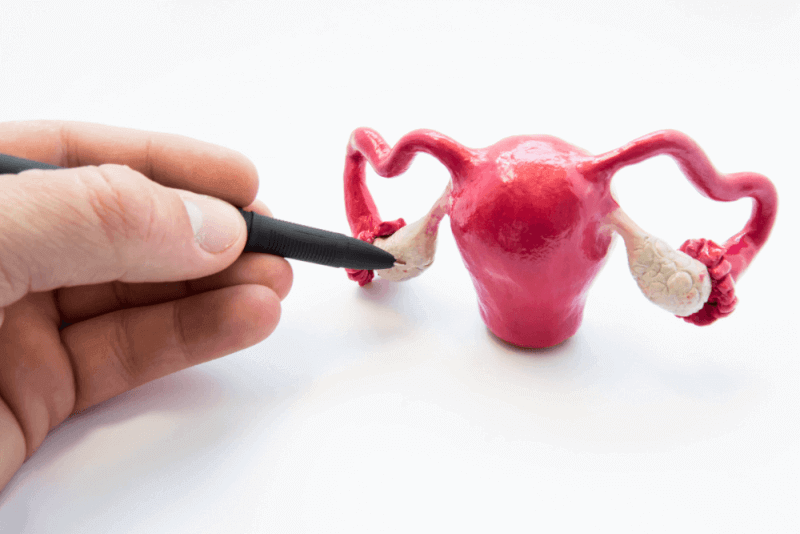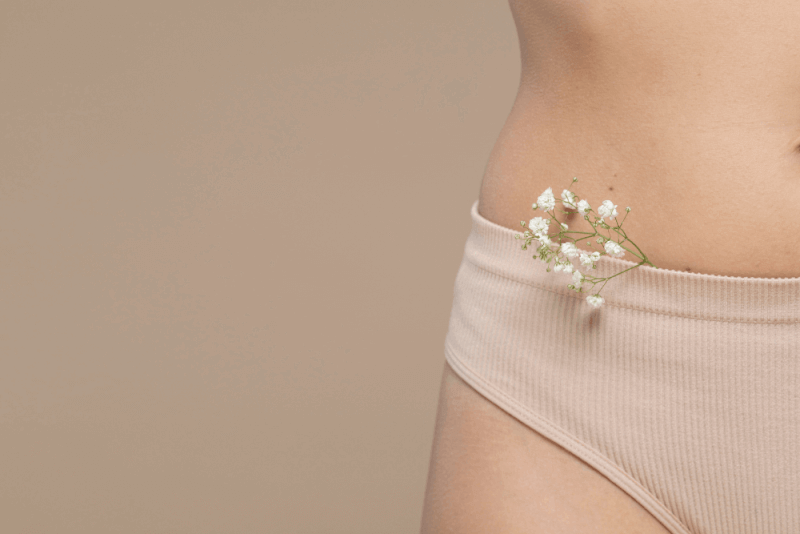30 Second Summary
- A water birth is a birth that takes place in water.
- The benefits of water birth include less pain, shorter labor, less risk of infection and calmer babies.
- Conditions that are not suitable for water birth include being over 35 years of age, having chronic diseases such as diabetes, heart disease or hypertension, having infections such as genital herpes or HIV, having had a previous caesarean section, expecting a premature baby, and having impaired amniotic fluid before labor begins.
- It is important for women who want to have a water birth to talk to their doctor before the birth and be informed about the possible risks.
What is water birth?
Water birth, one of the alternative methods of childbirth, has become one of the most preferred methods over the past 30 years. The birth is carried out vaginally in a specially designed tub under the supervision of specialists. In terms of risk, it is the same as other methods of childbirth, but it is one of the most preferred methods thanks to the many advantages it provides.
The water at 37 degrees Celsius allows the mother to relax and at the same time ensures that the babies are born in a familiar environment. This makes it easier for the baby to adapt. For this reason, studies have shown that babies born in water are calmer than babies born vaginally or by caesarean section.
How is water birth performed?
A water birth takes place in a tub or pool filled with water at a temperature suitable for mother and baby. Plans for the birth are made before it is due. If you want to give birth at home, then the necessary conditions must be prepared by a specialized team. The conditions necessary for a water birth include the following.
- The presence of specialized doctors, midwives, nurses and other health teams during the birth process.
- The temperature of the water should be 37 degrees Celsius and this temperature should be kept constant throughout the birth.
- Ensuring that the tub and water in which the birth will take place are sterile and other conditions are met to reduce the risk of infection.
- Infection control measures are taken.
- In case of an emergency, the necessary equipment is in place so that the birth can take place outside.
In addition, some materials need to be available during the birth process for water birth to take place. The materials required for this are as follows:
- Towels, maternity kit and blanket for mom
- Waterproof doppler or electronic fetal fetal doppler
- Neonatal radian and resuscitation for the baby
- Standardized and filtered drinking water
- Waterproof clothing and protective goggles for birth attendants
Risks of water birth
Water birth has been a practice since ancient times. In many cases, there is no risk. For this reason, women who want to give birth normally can easily prefer water birth. Although rare, the risks that can be seen in water birth include the following:
- The baby may swallow water from the bathtub.
- Mother and baby can get infected.
- After the baby's head has passed through the vagina, the shoulder can be attached.
- There may be excessive vaginal bleeding.
- The baby may not be able to breathe and may therefore have seizures.
- There may be problems monitoring the baby's heartbeat.
- The baby's body temperature may be higher or lower than normal.
- The cord may break before you take the baby out of the water.
These risks of water birth are rare and the likelihood of occurrence is inversely proportional to the professionalism of the health facility and its team. For this reason, the health team experienced in this field should be preferred.
Benefits of water birth
The main reason why water birth has become so popular in recent years is that it has many advantages for both mother and baby. In addition to providing an easy transition for the baby, it also prepares the environment for the mother to give birth more comfortably. This results in less trauma for both mothers and their babies. The advantages of water birth include the following:
- Medical interventions such as artificial labor are usually not necessary.
- The possibility of incision in the vaginal area is reduced.
- It softens the birth canal and allows the baby to pass more easily.
- Water releases endorphins, making mothers feel less pain.
- It allows the birth to take place in a shorter period of time.
- Because of the reduced body weight, mothers can move more freely.
- It helps mothers and babies to relax.
- It allows the baby and mother to bond in a shorter period of time during labor.
- The baby's adaptation period is shortened.
- It makes pushing more comfortable.
- A significant part of the pain until the birth is prevented.
- As the blood flow to the uterus is accelerated, the baby's heart rate is prevented from slowing down during labor.
- The faster blood flow also increases the oxygen supply to the baby and mother.
- Vaginal tears are prevented.
- Milk release is accelerated by the stimulation of the nipple by the water.
- The fear and anxiety felt during labor is reduced.
- Puerperium depression is less common.
- It makes the birth experience a more pleasant memory.
Who cannot give birth in water?
Although water birth is a healthy and safe method of birth, for some reasons it is not recommended for some people to give birth in water. The characteristics of people who are not suitable for water birth are as follows:
- Under 17 years of age.
- Be over 35 years of age.
- Diabetes, heart disease and hypertension.
- People with genital herpes.
- Hepatitis and HIV virus carriers.
- Previous caesarean sections.
- Deterioration of amniotic fluid before labor begins.
- Presence of twin or multiple pregnancy.
- The mother has periods with excessive bleeding.
- The baby is premature.
- Existing infection.
- The baby enters the birth canal in the breech part.
- The baby is heavier than normal.
- The mother is taking medication that can cause semi-somnolence.
- Pregnancy poisoning.
- In general, there is an obstacle to normal delivery.










